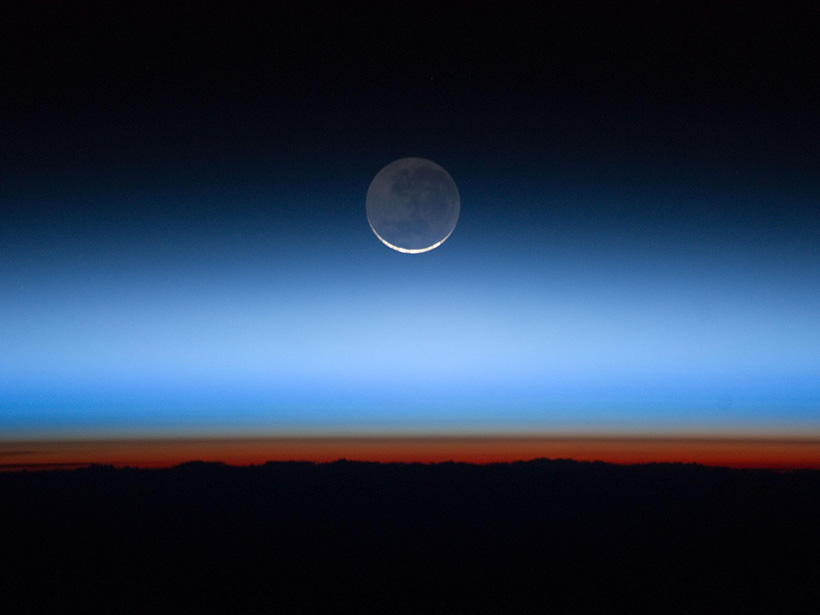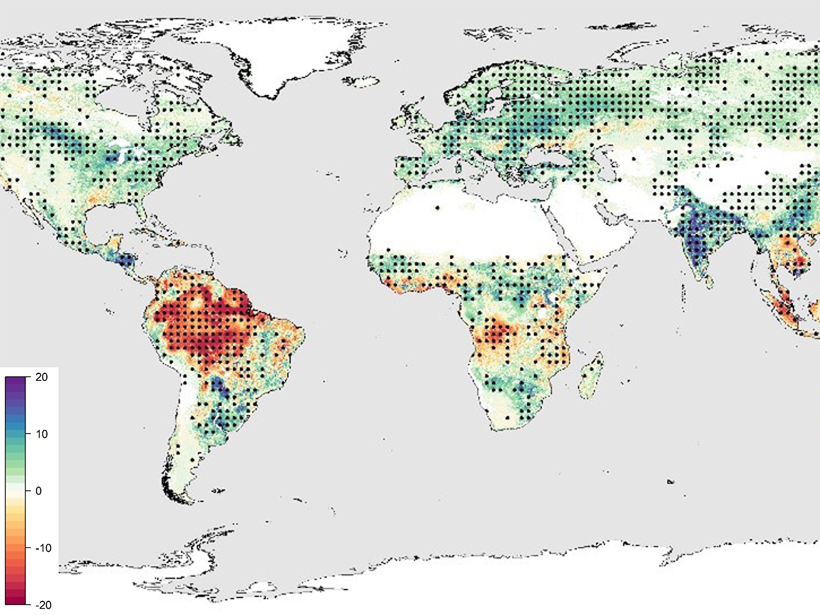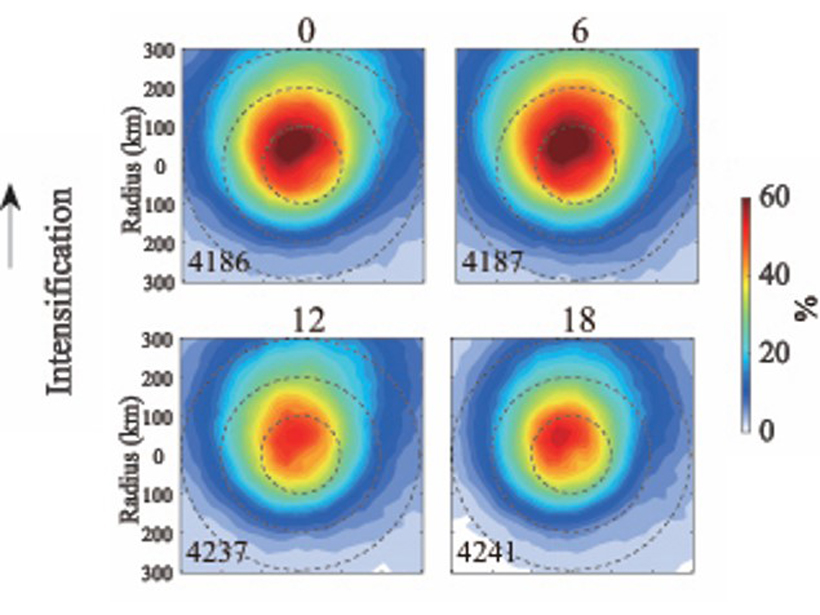The eastern tropical Pacific Ocean hasn’t warmed as much as climate change models projected. A new study shows that aerosols in the atmosphere could be responsible.
tropics
Raising Central American Orography Improves Climate Simulation
Elevation of Central American orography significantly reduces the pervasive tropical rainfall bias by blocking the easterlies and consequently warming the northeastern tropical Pacific.
Convective Transport Explains “Missing” Ice near the Tropical Tropopause
Spaceborne lidar shows that more ice than expected is leaving the tropical tropopause layer in the atmosphere.
Tropical Carbon and Water Observed from Above
Satellite observations show how tropical forest carbon fluxes respond to changes in water from climate variability.
SE Asia Peatlands Subsidence Tied to Drainage Density
Human-made channelization significantly accelerates peat decomposition and drives ground-surface deformation in tropical wetlands.
Water Stress Controls the Capacity of the Terrestrial Carbon Sink
Despite increased photosynthetic activity at northern latitudes in recent decades, plant productivity in tropical zones suffers because of water limitations.
How Tropical Cyclones Increase in Intensity Overnight
The diurnal variations of tropical cyclone intensification and decay are analyzed using satellite data for deep convective clouds.
More Clustered Clouds Amplify Tropical Rainfall Extremes
Both satellite observations and model simulations reveal that more aggregated convection amplifies the increase in extreme rainfall events on a year-to-year basis.
Restored Tropical Forests Recover Faster Than Those Left Alone
The costs of active restoration may be offset by aggressive carbon pricing demanded by the Paris Agreement.
Warming in the Antarctic Stratosphere Affects Tropical Weather
Rapid temperature spikes in the stratosphere above Antarctica can influence weather and spark cyclones in the Northern Hemisphere’s tropics.










